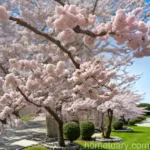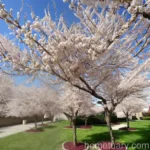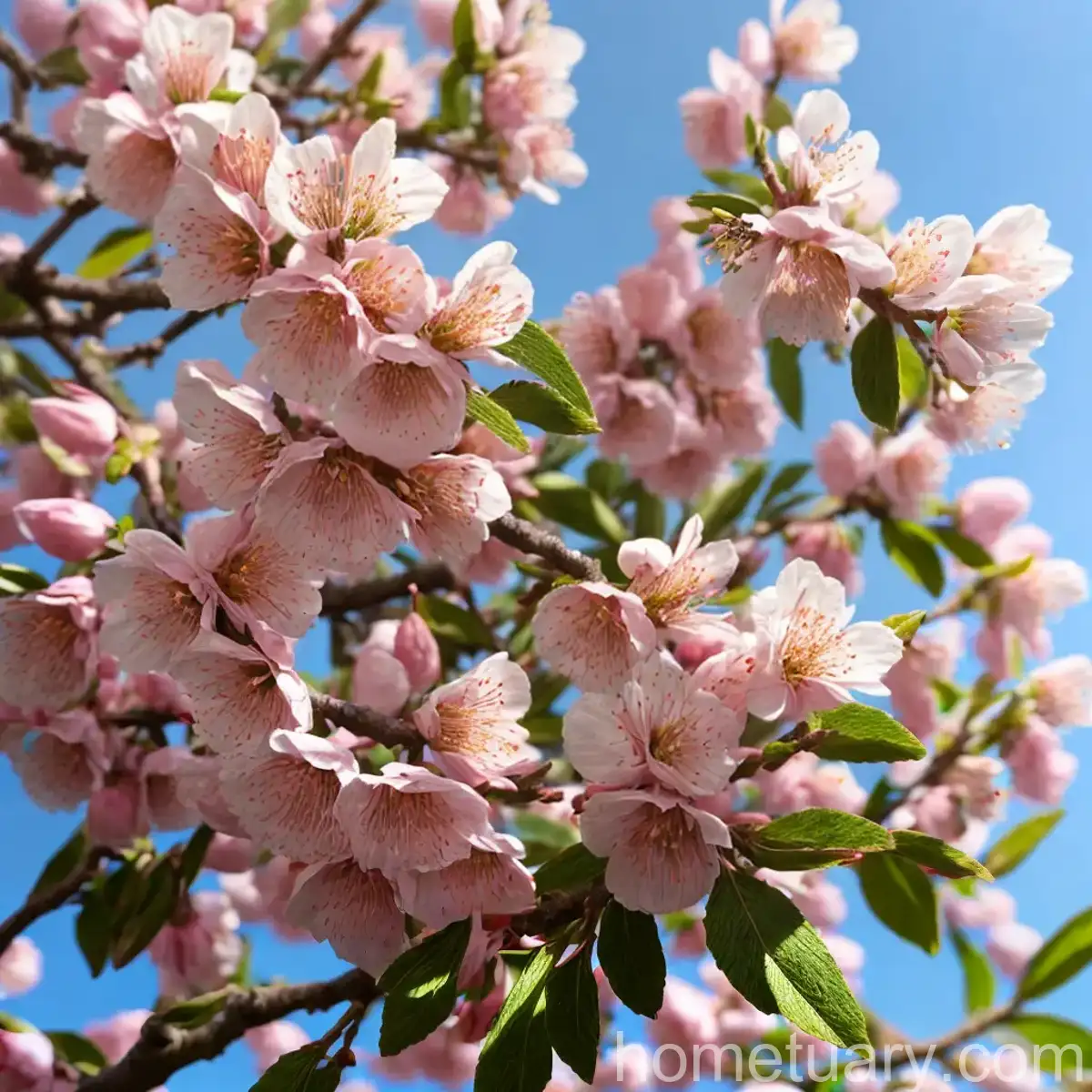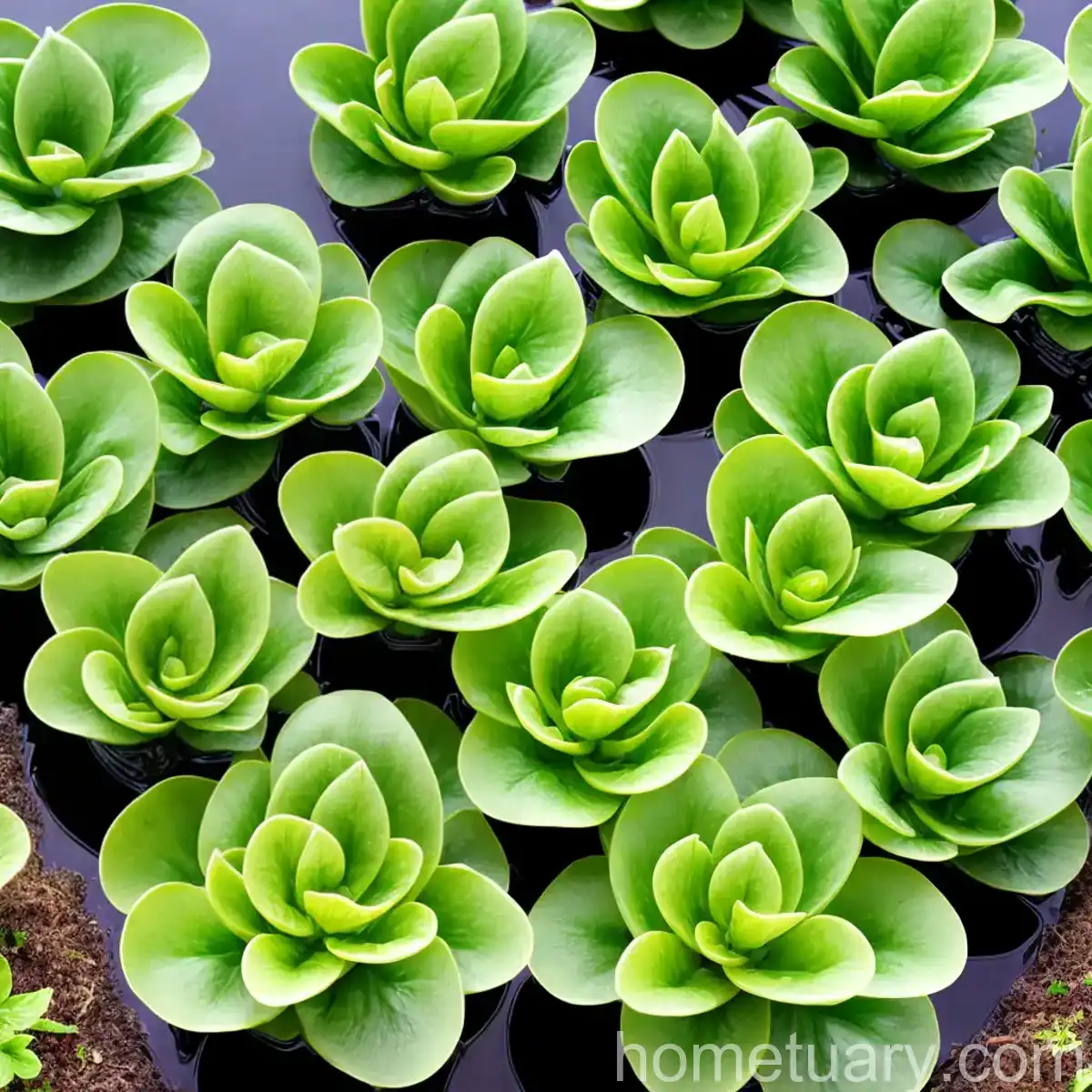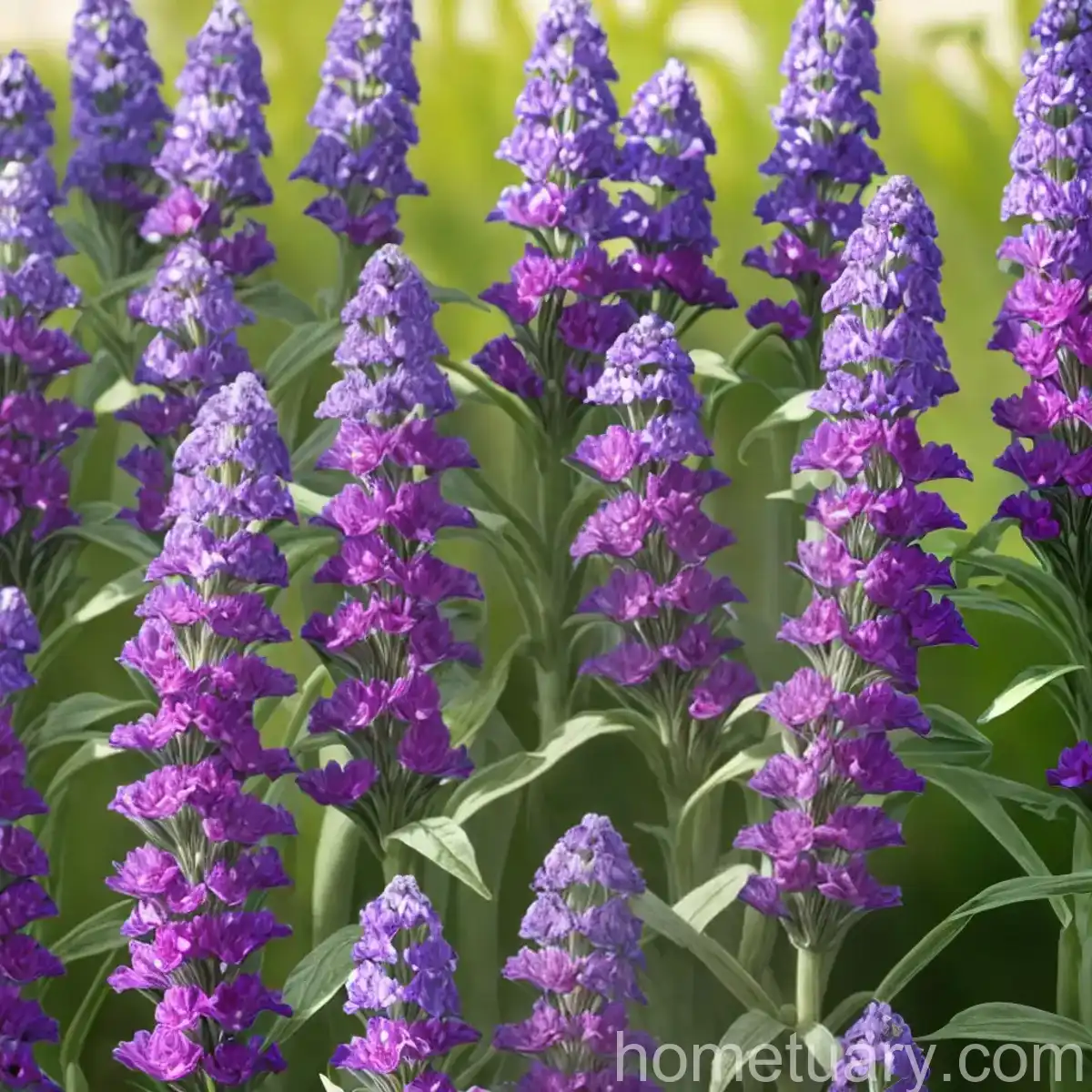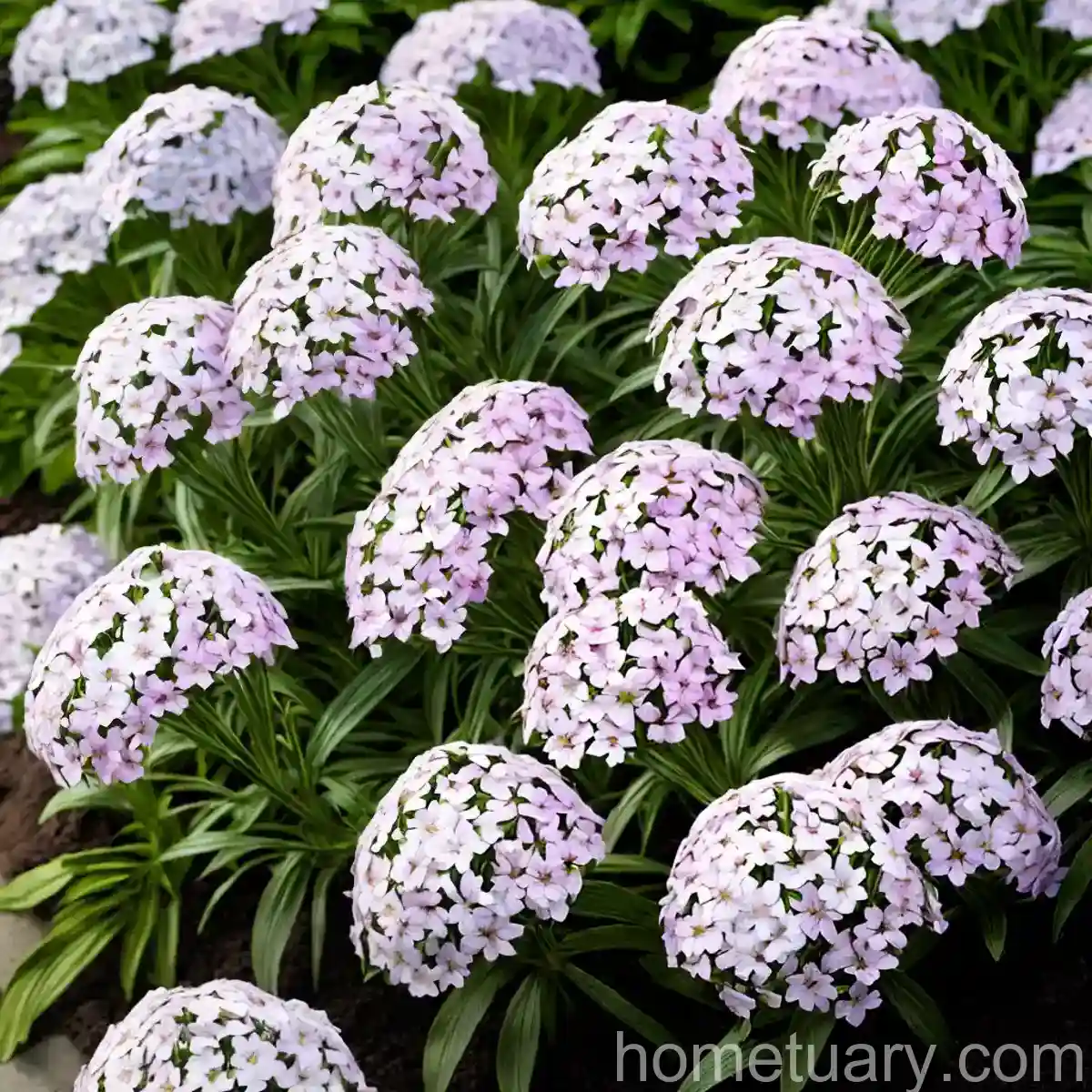Higan Cherry (Prunus subhirtella ‘Autumnalis’) – A Complete Guide
Higan cherry (Prunus subhirtella ‘Autumnalis’) is a graceful and ornamental deciduous tree that belongs to the Rosaceae family. This tree is popularly known for its unique flowering pattern, blooming during the autumn and winter months. Its delicate and charming blossoms make it a beloved addition to landscapes and gardens, bringing beauty to the otherwise gloomy seasons. In this comprehensive guide, we will delve into the various aspects of higan cherry cultivation, care, and maintenance, along with its uses, benefits, common pests, and diseases.
What is Higan Cherry (Prunus subhirtella ‘Autumnalis’)?
Higan cherry, scientifically known as Prunus subhirtella ‘Autumnalis’, is a flowering cherry tree native to Japan and Korea. It is deciduous and features an elegant spreading form that adds an attractive touch to any landscape. This tree is particularly treasured for its charming blossoms, which appear during the autumn and winter months, providing a unique and exquisite contrast to the typical spring-flowering cherry trees.
Key Takeaways – Higan Cherry (Prunus subhirtella ‘Autumnalis’)
Before we dive into the details of the higan cherry tree, let’s summarize the key takeaways about this fascinating plant.
- Higan cherry (Prunus subhirtella ‘Autumnalis’) is a winter-blooming cherry tree with a unique flowering pattern.
- It is popularly known for its ornamental value and exquisite blossoms during the autumn and winter months.
- The tree is also referred to as the autumn flowering cherry, Japanese cherry tree, and late blooming cherry tree.
- Higan cherry cultivation involves considerations such as water, sunlight, fertilizer, soil, pruning, and propagation.
- The tree’s popularity as a container plant, along with its common diseases and pests, will also be discussed in detail.
Now that we have a brief overview, let’s explore the various aspects of higan cherry (Prunus subhirtella ‘Autumnalis’) in greater detail.
Culture of Higan Cherry (Prunus subhirtella ‘Autumnalis’)
Understanding the cultural requirements of the higan cherry tree is essential for its successful growth and development. This section delves into the various cultural aspects, including water, sunlight, fertilizer, soil, and pruning techniques.
Water
Higan cherry trees have moderate water needs, especially during their active growth periods. It is essential to provide regular and consistent watering to young trees to establish a strong root system. Mature trees can generally withstand periods of drought, but adequate hydration is crucial during hot and dry spells. When watering, ensure that the soil is moist but not waterlogged to prevent root rot.
Sunlight
These trees thrive in full sun to partial shade, making them adaptable to various light conditions. However, to promote abundant flowering and overall vigor, it is preferable to plant them in locations that receive ample sunlight. Insufficient sunlight may lead to reduced flowering and overall diminished tree health.
Fertilizer
Fertilizing higan cherry trees can aid in their growth and flowering. A balanced fertilizer, such as a 10-10-10 NPK formulation, can be applied in early spring before new growth emerges. Additionally, a layer of compost around the base of the tree can provide valuable organic nutrients and support soil health.
Soil
Higan cherry trees prefer well-draining, loamy soil with a slightly acidic to neutral pH range. Ensure that the soil is fertile and rich in organic matter to promote healthy growth. Amending the soil with organic compost can improve its texture and fertility, creating an optimal environment for the tree’s root system.
Pruning
Pruning is essential for maintaining the shape, health, and flowering potential of higan cherry trees. Regular pruning, preferably during late winter or early spring, can help remove dead or diseased branches, improve air circulation, and encourage new growth. Additionally, light pruning after the flowering period can help shape the tree and promote future blossoms.
Uses of Higan Cherry (Prunus subhirtella ‘Autumnalis’)
Higan cherry trees are primarily valued for their ornamental beauty and are often used in various landscaping and garden settings. Their graceful form and captivating blossoms offer a range of uses, adding charm and elegance to outdoor spaces.
-
Landscape Ornamentation: Higan cherry trees are commonly used as ornamental specimens in landscapes, parks, and residential gardens. Their picturesque blossoms and attractive foliage make them desirable additions to any outdoor setting.
-
Avenue Planting: The graceful and spreading form of higan cherry trees makes them suitable for avenue planting, where they can create beautiful canopies and provide a stunning floral display during the autumn and winter months.
-
Urban Gardens: These trees are well-suited for urban gardens, where they can thrive in various light and soil conditions and bring a touch of nature and beauty to urban landscapes.
-
Seasonal Interest: Higan cherry trees are valued for their unique flowering pattern, providing visual interest during the otherwise dormant autumn and winter seasons. Their blossoms create a striking contrast to the bare surroundings, adding color and vibrancy.
Propagation of Higan Cherry (Prunus subhirtella ‘Autumnalis’)
Propagation of higan cherry trees can be achieved through several methods, including seed propagation and vegetative propagation.
Seed Propagation
Higan cherry trees can be propagated from seeds, although this method may result in some variations in the characteristics of the offspring. To propagate through seeds, collect mature cherry seeds in the autumn and plant them in a well-prepared seedbed. It is essential to provide a period of stratification to mimic natural winter conditions before germination occurs.
Vegetative Propagation
Vegetative propagation methods, such as grafting and budding, are commonly employed to propagate higan cherry trees while maintaining the desired characteristics of the parent plant. This method allows for the production of new trees with consistent traits, such as flower color and growth habit.
Container Cultivation of Higan Cherry (Prunus subhirtella ‘Autumnalis’)
Higan cherry trees can also be grown in containers, making them suitable for small gardens, patios, and urban spaces. Container cultivation requires special considerations to ensure the tree’s health and vigor.
Container Size
When selecting a container for higan cherry trees, choose a large and sturdy pot that provides ample room for the tree’s root system to grow. A container with adequate drainage holes is essential to prevent waterlogging.
Soil Mix
Use a well-draining and nutrient-rich potting mix designed for woody plants to provide an optimal growing medium for the tree. A mix containing a blend of peat moss, perlite, and compost can promote healthy root development and overall growth.
Watering and Sunlight
Container-grown higan cherry trees require regular watering to maintain soil moisture, especially during hot and dry periods. Additionally, ensure that the tree receives sufficient sunlight, either by placing the container in a sunny location or providing supplemental lighting.
Pruning and Maintenance
Regular pruning is essential for container-grown higan cherry trees to manage their size, shape, and overall health. Additionally, occasional repotting may be necessary to prevent root binding and provide fresh growing medium.
Popularity of Higan Cherry (Prunus subhirtella ‘Autumnalis’)
Higan cherry trees have garnered significant popularity among gardening enthusiasts, landscapers, and nature lovers due to their unique and enchanting characteristics. Their widespread appeal can be attributed to several factors, including their ornamental value, adaptability, and distinctive flowering pattern.
Ornamental Value
Higan cherry trees are highly prized for their ornamental beauty, featuring delicate blossoms that brighten up the autumn and winter landscape. Their graceful form, attractive foliage, and stunning floral display make them sought-after additions to gardens and public spaces.
Adaptability
These trees exhibit a remarkable level of adaptability to various growing conditions, making them suitable for a wide range of climates and environments. Their ability to thrive in urban settings, small gardens, and diverse soil types adds to their appeal.
Unique Flowering Pattern
The higan cherry’s characteristic of blooming during the autumn and winter sets it apart from other cherry tree varieties. This distinctive feature evokes interest and fascination, drawing attention to its captivating blossoms during the typically dormant seasons.
Common Diseases of Higan Cherry (Prunus subhirtella ‘Autumnalis’)
While higan cherry trees are relatively resilient, they are susceptible to certain diseases that can impact their growth and overall health. Being aware of these common diseases and their symptoms is crucial for timely intervention and effective management.
Disease Diagnosis
-
Leaf Spot: Leaf spot diseases, caused by various fungal pathogens, can result in the formation of dark spots on the tree’s foliage. Symptoms may include yellowing, browning, or discoloration of the leaves.
-
Powdery Mildew: Powdery mildew is a common fungal disease that can affect higan cherry trees, leading to the development of a powdery white coating on the leaves and young shoots.
-
Bacterial Canker: Bacterial canker can cause sunken areas or lesions on the tree’s trunk and branches, along with oozing of dark sap or gum.
Disease Management
Practicing good cultural care, including proper watering, adequate spacing, and regular pruning, can help prevent the onset of diseases. Additionally, applying appropriate fungicidal treatments and maintaining overall tree health can aid in disease management and control.
Common Pests Affecting Higan Cherry (Prunus subhirtella ‘Autumnalis’)
Higan cherry trees may also face infestations from various pests that can cause damage to the foliage, stems, and overall vitality of the tree. Identifying and addressing these common pests is essential for preserving the health and vigor of the tree.
-
Aphids: These small, sap-sucking insects can cause curling of the leaves, stunted growth, and honeydew secretion. Aphid infestations can be managed through the application of horticultural oils or insecticidal soaps.
-
Scale Insects: Scale insects can appear as raised, waxy bumps on the tree’s branches and leaves. They can weaken the tree by draining its sap and causing yellowing or wilting of the foliage.
-
Japanese Beetles: The feeding activity of Japanese beetles can result in skeletonized leaves and significant defoliation, impacting the tree’s overall health. Physical removal and the use of pheromone traps can help manage Japanese beetle populations.
Botanist’s Tips for Higan Cherry (Prunus subhirtella ‘Autumnalis’) Care
To ensure the optimal growth, health, and flowering of higan cherry trees, adhering to certain botanist’s tips and best practices is crucial. These expert recommendations can contribute to the long-term success and vitality of the tree.
-
Regular Monitoring: Conduct regular inspections of the tree for signs of diseases, pests, and overall health. Early detection and intervention can prevent potential issues from escalating.
-
Proper Pruning: Implement proper pruning techniques to maintain the tree’s shape, remove damaged or crossed branches, and encourage new growth. Prune after the flowering period to avoid interfering with next season’s blossoms.
-
Adequate Watering: Ensure consistent and adequate watering, especially during the tree’s establishment phase and periods of extended dryness. Avoid overwatering, which can lead to root rot.
-
Soil Health: Maintain soil fertility and health by incorporating organic matter, such as compost and mulch, to improve nutrient availability and soil structure.
Fun Facts about Higan Cherry (Prunus subhirtella ‘Autumnalis’)
Discovering interesting and lesser-known facts about higan cherry trees can further deepen our appreciation for these exceptional plants. Here are some fascinating fun facts about higan cherry (Prunus subhirtella ‘Autumnalis’):
- Higan cherry trees are celebrated for their ability to bloom during the autumn and winter months, providing a noteworthy contrast to the traditional spring-flowering cherry trees.
- The delicate blossoms of the higan cherry tree are often featured in Japanese art and culture, symbolizing the transient nature of life and the beauty of fleeting moments.
- Higan cherry trees are known for their resilience and adaptability, making them suitable for a wide range of growing conditions and climates.
- In addition to their stunning blossoms, higan cherry trees offer attractive foliage that undergoes vibrant color changes throughout the seasons, adding to their visual appeal.
Links to External Resources
To further enrich your understanding of higan cherry (Prunus subhirtella ‘Autumnalis’) and its cultivation, care, and significance, explore the following external resources:
- The American Society of Landscape Architects – Prunus subhirtella
- The Royal Horticultural Society – Prunus subhirtella
- The Morton Arboretum – Prunus subhirtella
- University of California Agriculture and Natural Resources – Higan cherry
- Missouri Botanical Garden – Prunus subhirtella
Conclusion
Higan cherry (Prunus subhirtella ‘Autumnalis’) stands out as a captivating and versatile flowering tree with its unique ability to bloom during the autumn and winter months. Its elegant form, exquisite blossoms, and adaptability make it a cherished addition to landscapes, gardens, and urban spaces. By understanding the cultural requirements, uses, propagation methods, and care tips for higan cherry trees, enthusiasts and gardeners can embark on a rewarding journey of cultivating and enjoying the beauty of this remarkable plant.
Whether adorning a suburban garden, enhancing an urban landscape, or gracing public parks, higan cherry trees offer a delightful spectacle and lasting appeal, enriching their surroundings with the charm of nature’s seasonal transitions.




